If you have traveled to Nepal, walking on the streets of Kathmandu, the capital of Nepal, you can often see middle-aged and unkempt men in ragged clothes. They have colorful stripes painted on their faces, holding a small tin can in one hand, and wandering around with a cane in the other.
These people are a unique social landscape in Hindu countries-ascetics.

Ascetic monks refer to some practitioners in Indian religion who use "asceticism" as a means. They have a history of thousands of years in the South Asian subcontinent.
Before 2008, Nepal was the only country in the world with Hinduism as its state religion, and now about 90% of the religious population is Hindus.
Therefore, ascetic monks are often seen during travel in Nepal, some of them are practitioners from India.
Walking on the road, if you look at him, he will immediately come over and put an auspicious mole on your forehead. Of course, this is not free, you have to give 10-20 rupees in an interesting way.
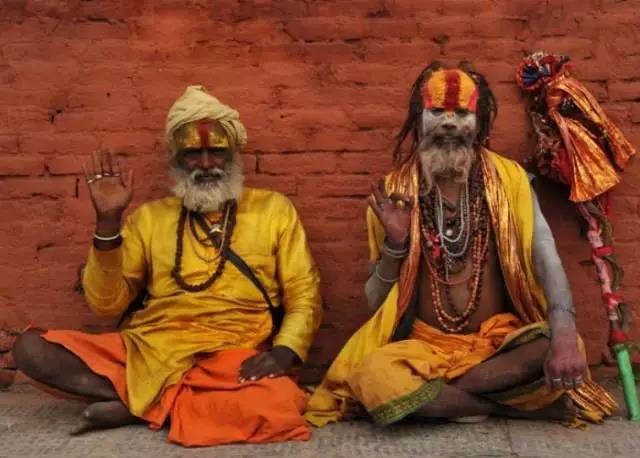
In Nepal, ascetics are called Baba, which means "saint". They are regarded as "God's messengers" who come to the earth to save all living beings and are respected by people.
The ascetic monks in Kathmandu tend to gather in the largest open-air crematorium in the area, near the Pashupatinath Temple by the Bagmati River. Chinese people often call this temple the "Burning Corpse Temple".
They lived in groups under the promenade outside the temple. Most people are over forty years old, mostly naked, with charcoal ash smeared on their bodies, even ashes of dead people, and only a piece of invisible rags wrapped around their waists.
There is almost nothing but a bowl.

Asceticism may be incomprehensible to modern people, it is a practice method that prevailed in ancient India and has a history of thousands of years in India. Hinduism believes that people need to go through many reincarnations to enter heaven and receive God's care. And some people hope to take shortcuts and get oracles and scriptures in this life. Ascetics are considered to be such a shortcut.
Ascetics abuse their bodies and regard their bodies as the carriers of sin. Ascetics hope to obtain spiritual liberation by minimizing their material needs, obtain the protection and gifts of God, and thus get rid of the endless suffering of reincarnation.
The most fascinating thing about Nepal is that different people can find different ways of living here, and others often respect it.
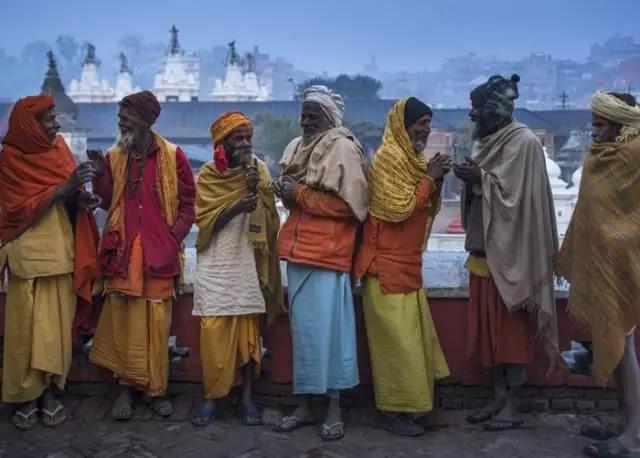
The true ascetic monks mostly live extremely simple lives, relying on begging for a living. They need to bathe in the holy river to cleanse the body, and at the same time practice yoga to relax the body and mind. I have to meditate every day, thinking about the past, present and future.
The ascetic monks have followed their master to practice asceticism since they were young. The fire-making skills they learned from the master are used every day. The first thing they do after getting up is to make a fire.
Fire is very important to ascetic monks. In Hindu teachings, everything is composed of five elements: earth, water, fire, wind, and air. At the end of life, fire can purify the soul and decompose the body and return to nature.
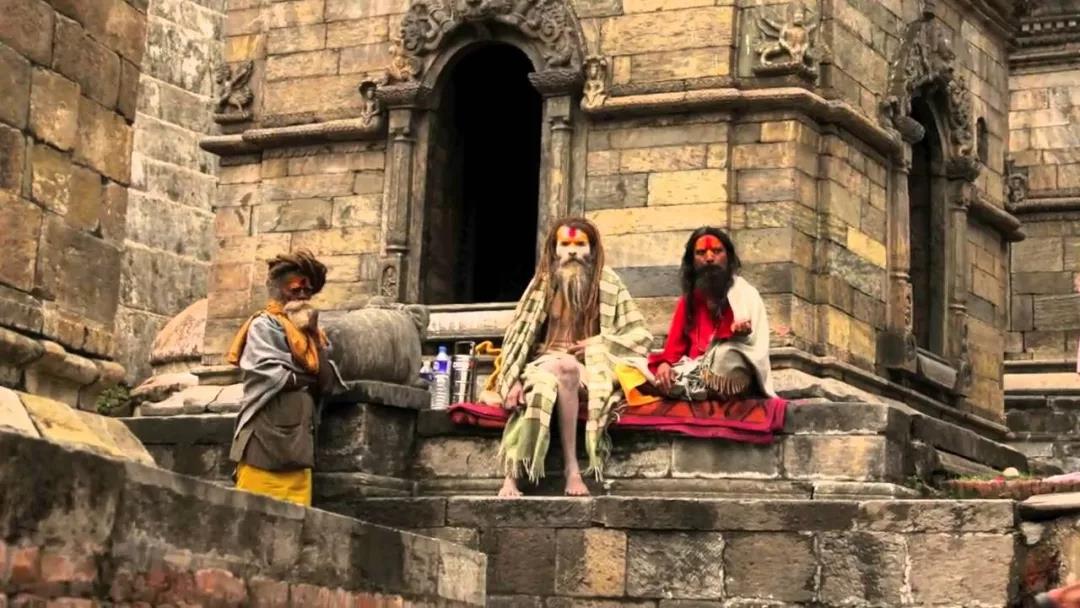
Ascetics are honored as sacred people and are representatives of gods. In Nepal’s remote and traditional rural weddings and funerals, people will invite them to preside over, and give prayers and blessings. For believers, these monks are conveying instructions to the gods at this time and are representatives of the gods.
Lord Shiva is the god of asceticism. Legend has it that the three horizontal lines on his forehead represent the three gods and three worlds. Most ascetics believe in Shiva, so they will also paint three eye-catching horizontal lines on their foreheads. Show admiration.
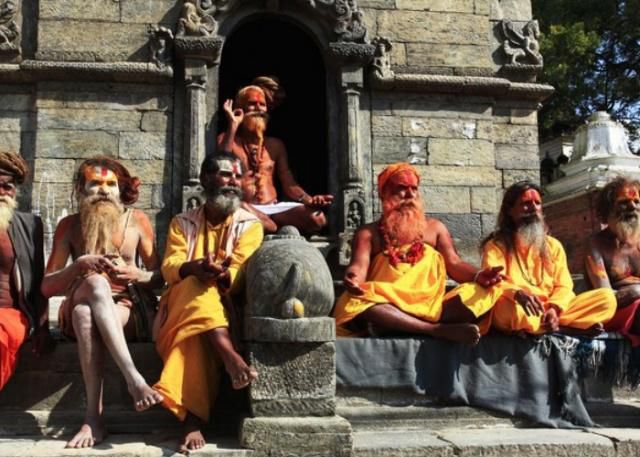
The various patterns painted on the faces of the ascetic monks mostly imitated the appearance of the main god incarnation. It is hard to imagine that these paints were taken from burnt wood or even the ashes of the corpse. Ascetic monks are used to smear the whole body, symbolizing close integration with the gods and being admired by all people.
However, with the impact of modernization, Nepal's "saints" have also gone to sea and become the most outstanding performers in the country of snow mountains.
Among these pompous "actors", the most famous are the celebrity ascetics who are active in the Pashupatinath Temple. They have been featured on the BBC and National Geographic channels, and have even been selected as the cover of "Lonely Planet".
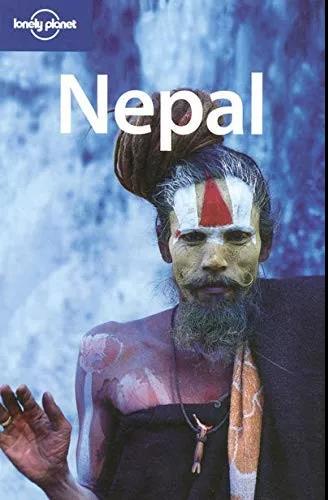
Professional ascetic monks are well versed in the psychology of foreign tourists, know how to professionally cooperate with the shooting, and all kinds of looks are good for flying.
Of course, he knows how to open his mouth.
Among them, the four old ascetic monks whose fixed place of business is the Ram Monastery in Pashupatinath Temple are even more nicknamed by the author as "Burning Corpse Temple F4".
F4 poses very professionally, but you must remember to bargain with them.
For Chinese tourists, if you are ignorant and ignorant, they will cooperate with the tour guide to ask for more than 1,000 rupees (about 60 yuan) for a group photo. In fact, locals usually only give 10 rupees.
Even for a star, 100 times is still too much.
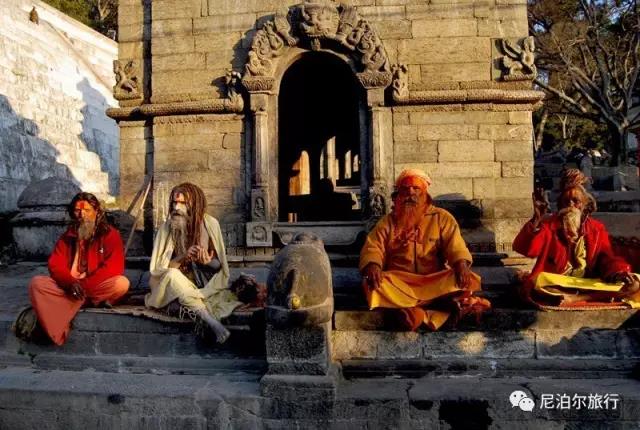
Under the constraints of religious beliefs, the ascetics living in remote Himalayan villages can hardly escape the erosion of money. After all, it is difficult to find a true pure land in the world.
Sometimes it is difficult to tell whether it is an ascetic or a false one.
Worshiping money or worshipping gods cannot be interpreted.












